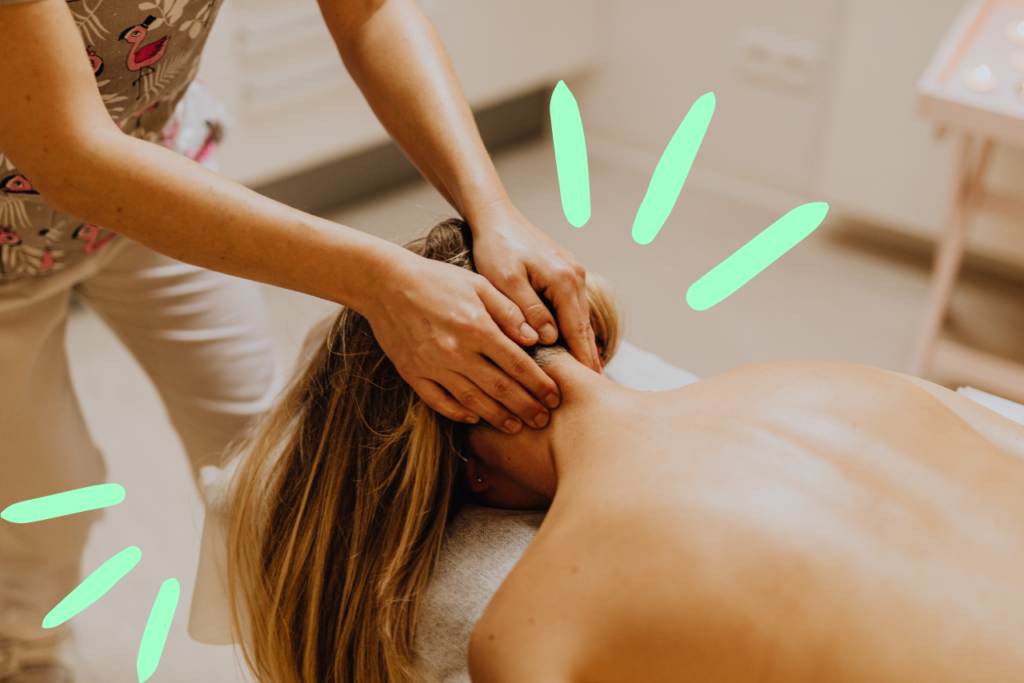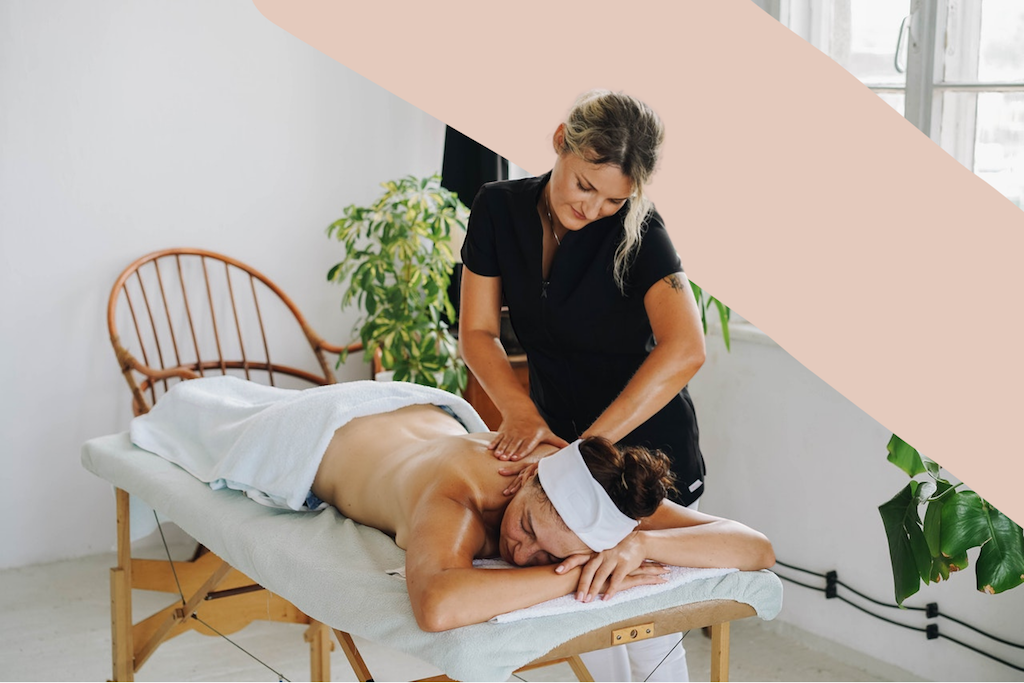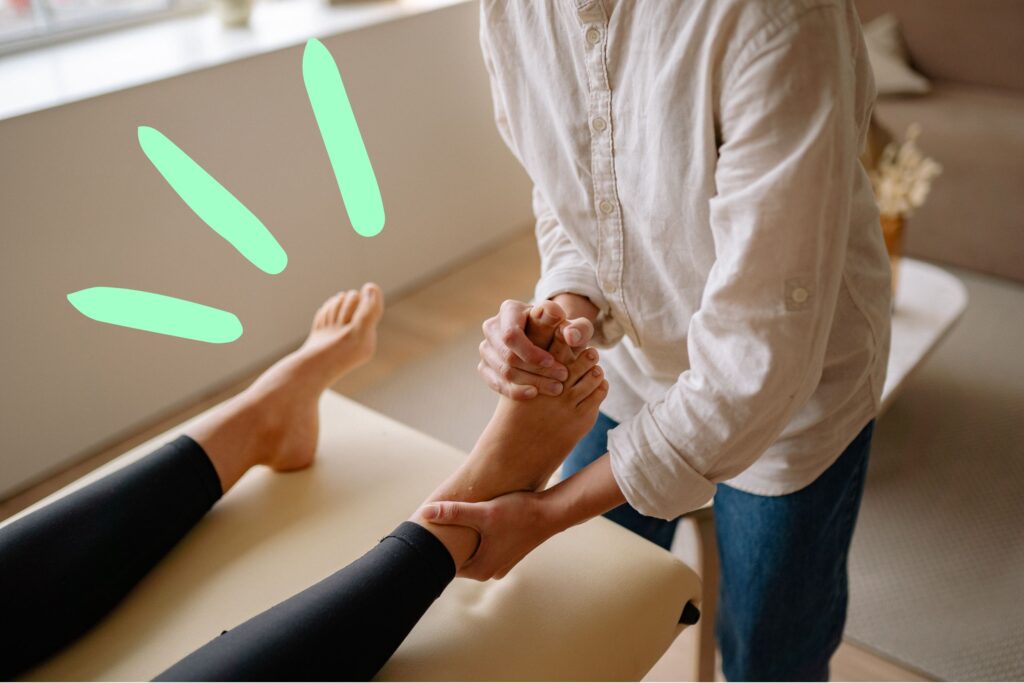This just in; the popularity of massage therapy is on the rise. According to a report published by the Associated Bodywork and Massage Professionals (ABMP) in the US, ‘’the size of the massage field has increased nearly 140 percent since 1998’’.
Interestingly, according to a separate survey conducted by the American Massage Therapy Association (AMTA), 86% of participants considered massage as being beneficial to overall health and wellness, with a similar number believing that massage can be effective in reducing pain.
So, what’s stopping you? In some cases, obstacles are financial. In others, access may be difficult. But occasionally, it’s perhaps a scepticism to the practice that stops people seeking massage therapy. With that in mind, and here to assuage some doubts, we’ve teamed up with Lake District Spa to explore some common myths about getting a massage. Are you lying comfortably? Then let’s dive in…
A Massage Is Only Efficient If It Leaves You Sore Afterwards
To put things plainly, massage shouldn’t cause you pain. Sure, a little soreness might happen sometimes, but it’s certainly not a given, or indicator of the ‘success’ of the therapy.
Massage soreness and the intensity of that pain all depend on factors such as the kind of massage you received, the therapist’s personal style, and the way your own body responds to the treatment.
While it’s normal for massages to leave you feeling a bit sore after your treatment, that doesn’t mean it’s unnatural for you to feel absolutely no pain afterwards. You should actually pay attention to aspects like pain and tightness reduction as well as motion improvement. These are the real indicators in terms of a massage’s efficiency.
Read: Good versus bad pain explained

Massages Are Only For Relaxation
This myth might be accurate in people’s minds because of the way spa treatments and massages are advertised and depicted on TV and film. People see individuals feeling incredibly relaxed and on the verge of falling asleep while getting a massage, so the connection between the treatment and unwinding is strong.
That doesn’t mean massages are limited to this function. People get massages for medical reasons, as well. A certain type of massage is often prescribed by doctors in order to help their patients fight numerous conditions.
According to another study conducted by AMTA, around three quarters of men and women get massages for ‘wellness reasons’, with the remaining quarter seeking pain relief or pain management.
Read: What are the potential benefits of massage therapy?
Only Athletes Need Sports Massage
There’s a common misconception that sports massage is exclusively for professional athletes or hardcore gym enthusiasts. In reality, as Healthy by Science, who offer sports massage in Edinburgh. tell us, it can benefit anyone who leads an active lifestyle or even those who spend long hours at a desk.
The techniques used in sports massage can help prevent injuries, improve posture, and enhance recovery for people from all walks of life. Whether you’re a weekend warrior, an office worker experiencing repetitive strain, or someone who enjoys gardening, sports massage can address muscle tension and movement patterns specific to your activities.
According to AMTA (those guys again!), anyone who participates in exercise can benefit from sports massage. The specialised techniques can help with everything from tech neck to lower back pain from prolonged sitting.
Read: 7 types of massage designed to address back pain
Massages Are Unsafe During Pregnancy
This one is a popular assumption, but is medically still up for some debate. There are women who choose not to get a massage in their first trimester just to feel safe. In reality, massages often reduce several painful and uncomfortable symptoms that women experience during their pregnancy, especially in the second and third trimester. Generally speaking, massage during pregnancy is most likely safe.
Of course, it’s essential to consider your own unique needs and the advice of a professional first. As Shivani Patel, M.D, explains via UT Southwestern Medical Center, ‘’certain techniques and trigger points in the body can cause contractions and premature labor, so seeking expertise is vital.’’

Patients Have To Be In A State Of Undress For The Treatment
The reason why therapists tell their customers to undress is because the professionals don’t wish to damage the clients’ clothes in the process. During your massage, the therapist may be applying oils to your body while providing the treatment. Other times, the presence of cotton may simply interrupt the natural flow of the massage.
Oils are used in order to relieve muscles from any stress and tension. While you may need to take some of your clothes off for the treatment, you’ll always receive clean towels and robes so you can cover any body parts that aren’t getting massaged.
Of course, and though massage therapists are skilled at protecting your modesty, you can also request to keep your clothes on during massage if that’s what makes you feel more comfortable. Any professional will be more than happy to oblige. You will not – and should not – ever have to uncover anything you’d rather not.

Massage Should Be Avoided When You Have Muscle Knots
Many people believe they should avoid massage when they have muscle knots or trigger points, fearing it might make the condition worse. This myth likely stems from the discomfort sometimes associated with treating these areas.
In fact, massage can be one of the most effective treatments for muscle knots. Professional massage therapists are trained to identify and safely address these areas of tension, using various techniques to help release the knot and restore normal muscle function.
The key is communication with your therapist about pressure and comfort levels. They can adjust their technique to ensure the treatment is both effective and tolerable. Often, a combination of different pressure levels and techniques will be used to gradually work out stubborn knots over several sessions.
All Massages Are The Same
Every single therapist has a unique massaging style. Professionals even have their own personal views and convictions when it comes to massage. Some therapists choose to make the treatment feel like a relaxing session. Others prefer to have a rather medical approach.
What’s more, even if you always have the same therapist, you’ll never have the exact same experience, as you can get a new injury in between appointments, and that completely changes the purpose of the treatment. Because of this, there are many types of different massage, all with a different philosophy and purpose.
The best way to gain access to massage therapy is to speak to your doctor and request a referral to a professional who is experienced in dealing specifically with the problem you’re presenting.
It’s also more sensible to seek the services of a professional masseuse, done therapeutically and by a qualified professional, such as an osteopath or chiropractor registered with their corresponding medical regulatory bodies, the General Chiropractic Council and the General Osteopathic Council.





